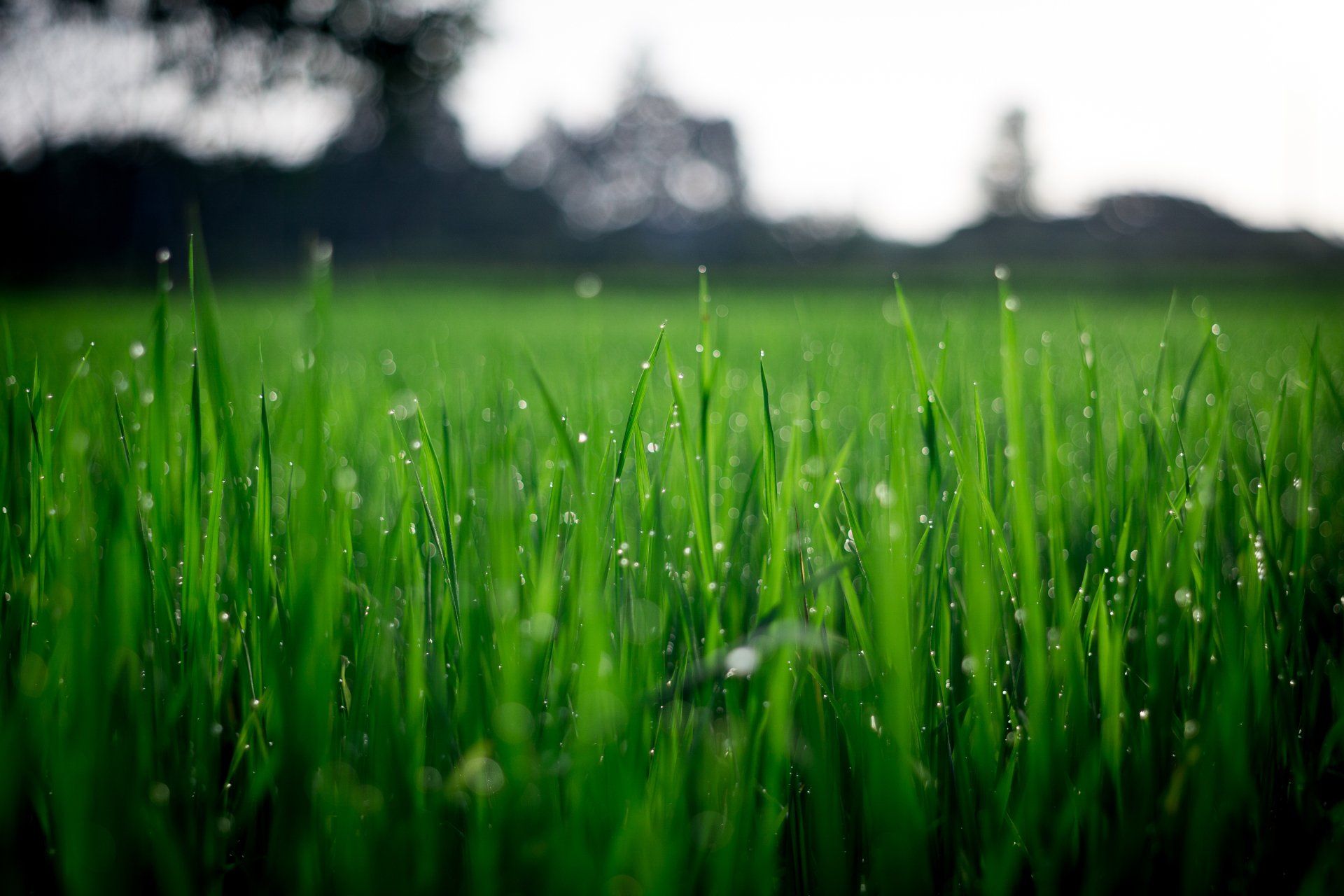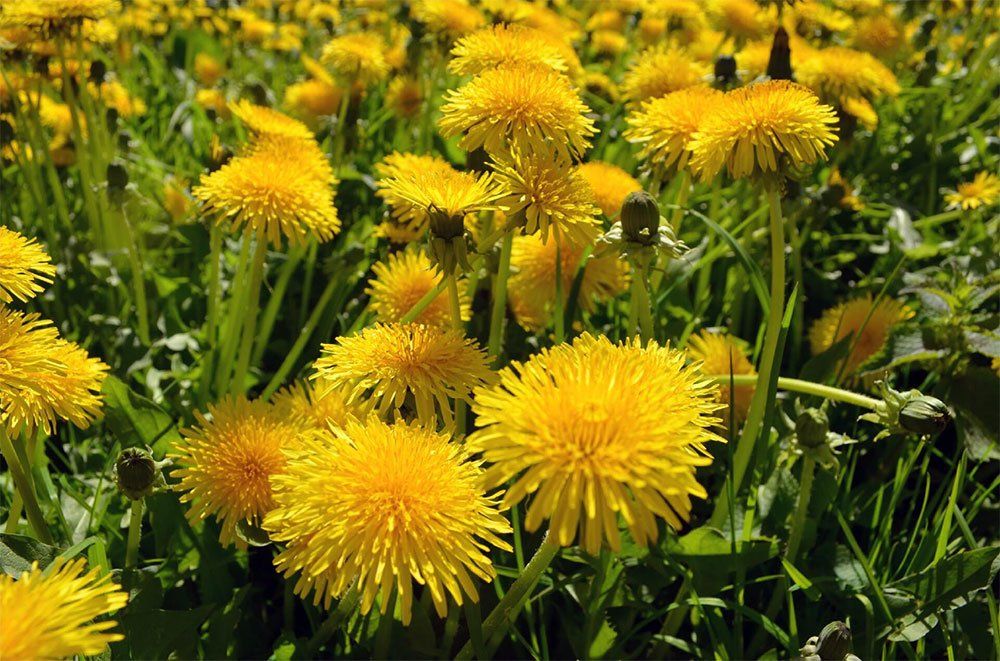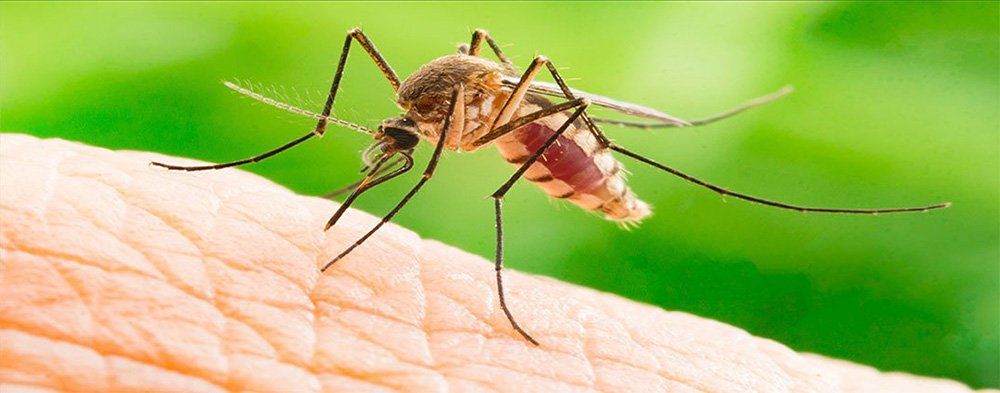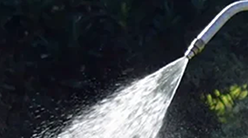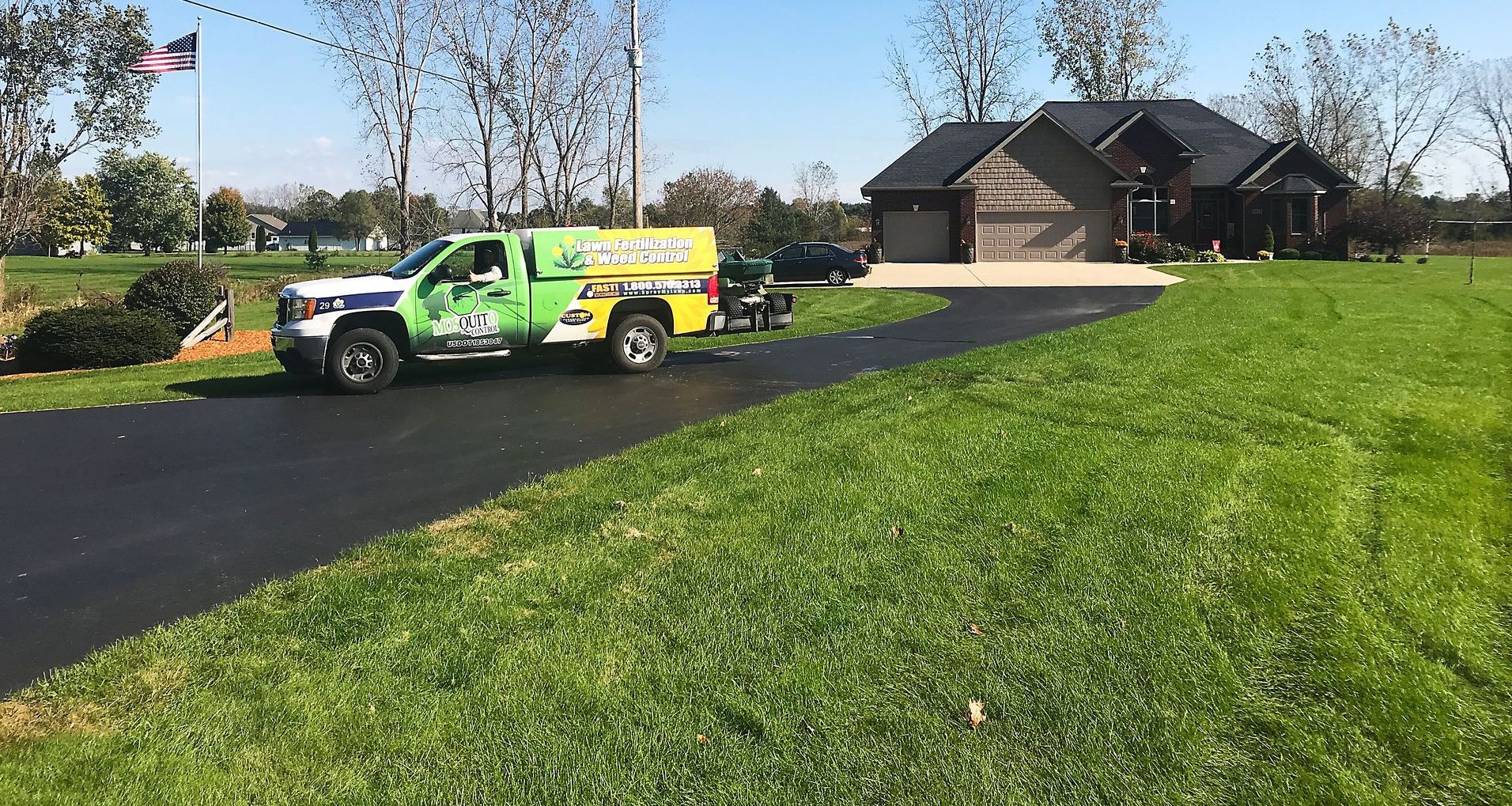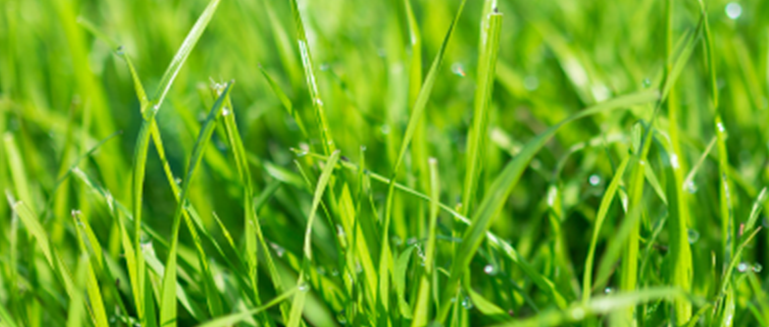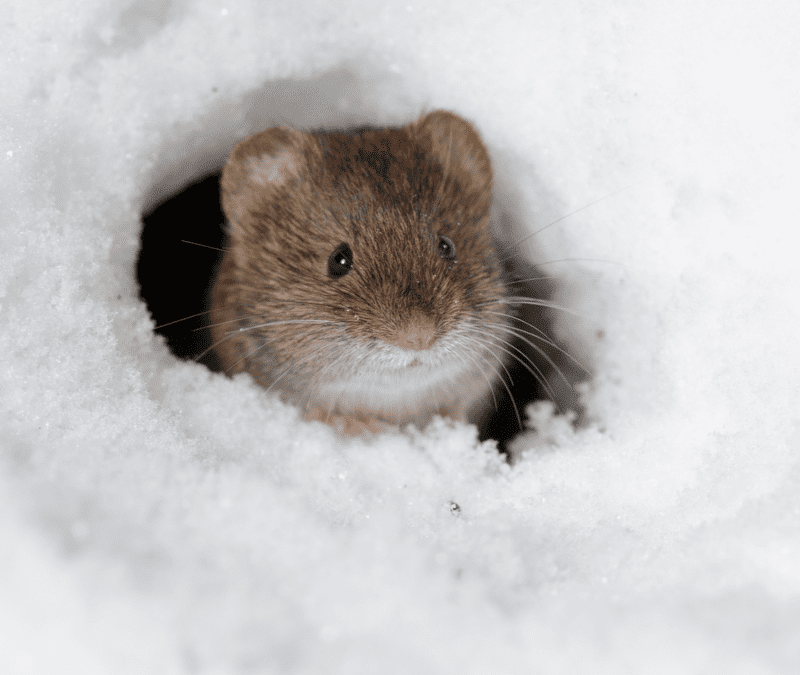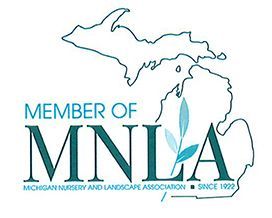Michigan winters are tough on lawns. In the spring, when the snow finally melts, you may be facing a pretty dire situation. Winter kill is the irreversible damage done to lawns by various forms of winter lawn damage. As a result, large patches of grass die, requiring extensive repairs. Here are a few of the most common causes of winter kill in Michigan.
Vole Damage

The first culprit on our list is a tiny rodent with a big appetite. During the winter, voles
can absolutely ravage a lawn. Under the cover of snow, they’re impossible to spot as they chew away at your grass and roots. When the snow eventually melts, you’ll see the telltale signs of a vole infestation. These hungry rodents create thin, sprawling networks of chewed runways in the grass. They look like tiny paths of dead grass.
Luckily, vole damage is often reversed on its own as grass spreads into the affected area. You can dissuade voles from making a meal out of your lawn by mowing your lawn shorter than usual at the end of the fall. It’s also a good idea to remove any grass clippings and lawn debris before the snow comes. This eliminates their habitat and makes it difficult for them to hide from predators.
Snow Mold
Another common cause of winter kill is snow mold . Snow mold is a lawn fungus that grows and spreads on wet, matted grass under the snow. You won’t be able to see the full scope of damage until the snow melts in the spring. Symptoms of snow mold include small patches of water-soaked turf covered in pink, gray, or white mold. The extent of damage and recovery outlook depends on which type of snow mold is affecting the lawn. The two types are gray snow mold and pink snow mold, with the pink snow mold being the more destructive of the two.
When it comes to snow mold control, prevention is the best bet. In the late fall, rake up leaves and any lawn debris before the snow starts to fly. Avoid using fertilizers that are heavy in nitrogen in the late fall as excess nitrogen will feed the fungus. Continue mowing your lawn until the grass stops growing and keep it short at the end of the fall to prevent matting under the snow. Finally, invest in a fall aeration service to loosen up compacted soil, reduce thatch, and encourage better air circulation.
Winter Desiccation
One of the worst causes of winter kill is winter desiccation. This terrible winter lawn damage happens when grass is exposed to the dry, frigid winds of winter for an extended period of time. The winter winds pull moisture out of the grass blades, causing them to dry out. With the soil frozen, the grass is unable to replenish the moisture that is lost, resulting in the death of the grass.
Winter desiccation is difficult to prevent. Using a windscreen to protect exposed areas of grass is an option. In the end, you may just need to assess the damage at the end of the season and put together a plan to restore the dead grass.
Crown Hydration
This is the worst form of winter lawn damage and one of the main causes of winter kill. Crown hydration can absolutely wreak havoc on a lawn, killing off large swathes of grass. This type of winter lawn damage occurs when temperatures fluctuate from warm to freezing, usually near the end of the winter. As the temperatures warm up, grass begins to wake up and start taking in water. When the temperatures quickly drop back down to freezing the water freezes in the crown, crystallizes, and bursts. This causes the death of the crown and the grass.
Unfortunately, crown hydration can’t really be prevented. The only way to reduce the likelihood of crown hydration, or any other form of winter kill, is by properly caring for the lawn throughout the year. Keep the lawn healthy and it will be more resilient during the winter.
Custom Personalized Lawn Care Can Help
Winter kill is a devastating problem for lawns all over Michigan. Whether it’s lawn damage from voles, snow mold, winter desiccation, or crown hydration, the results are all the same: a damaged, unhealthy lawn. Luckily, Custom Personalized Lawn Care can help keep the lawn healthy throughout the year, building its resistance to winter lawn damage. Invest in a yearly lawn care program to help protect your lawn. A lawn care program even makes a great holiday gift !
Call us at (800) 570-3313 or request a quote here . Check out our comprehensive blog to learn the best tips and tricks in lawn care, tree and shrub care, pest control, and more. Follow us on Facebook and Twitter to keep up with our latest deals and news.
